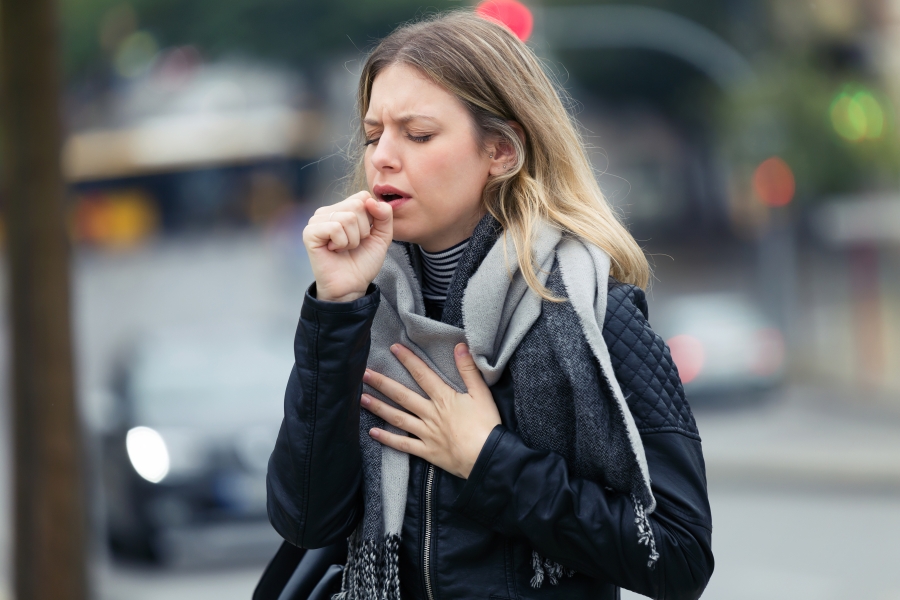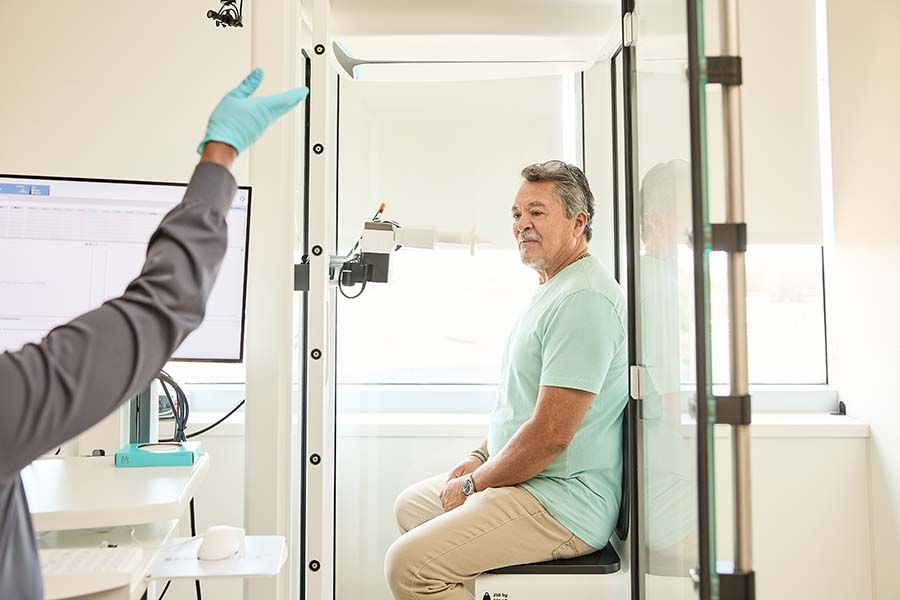The average person has between three to seven ounces of gas in the gastrointestinal tract while fasting. However, this amount may double during and immediately after eating. The body regulates a steady volume of gas in the gastrointestinal tract through the process of belching (also known as burping) and flatus (also known as passing gas). While excessive belching and flatus may be merely a nuisance for some, it may be a sign of underlying gastrointestinal disease warranting further evaluation by a gastroenterologist.
What Are the Causes of Excess Belching?
For most people, excessive belching is related to swallowing air, known as aerophagia. Careful monitoring of one’s eating habits may give clues to the underlying reasons for excessive belching. Excess air may be swallowed with meals by eating or drinking too fast, talking while eating, drinking carbonated beverages or using straws to drink liquids. Certain foods that relax the sphincter between the esophagus and stomach also contribute to excessive belching, as they allow the stomach air to escape back up through the esophagus. These include mints, chocolate and caffeine. Non-meal related habits that promote excess burping include smoking and chewing gum. In certain people, excessive belching may be related to stress or anxiety, situations where people may inadvertently swallow large amounts of air.
When Should I Seek Evaluation for Excess Belching?
If a person still experiences excessive belching after correcting behaviors, consultation with a gastroenterologist is warranted. One should also get promptly evaluated if experiencing additional symptoms, such as feeling full quickly after eating, abdominal pain, nausea or weight loss. These symptoms may be signs of serious underlying gastrointestinal disease.
For most people, belching is a habit that can be "broken," with a little effort.
Flatus: Overcoming the Stigma
Carbohydrates can be incompletely absorbed even by healthy intestines. When the unabsorbed carbohydrates reach the colon, the intestinal bacteria produce gas byproducts (a process known as fermentation). For example, lactose, a common carbohydrate found in dairy products, can only be absorbed up to a certain amount by a healthy small intestine. The excess lactose is then fermented by bacteria in the colon, producing gases such as carbon dioxide, methane and hydrogen. These gases are then evacuated via passage of flatus. Other, more complex carbohydrates, such as starch (commonly found in potatoes and corn), have also been associated with excessive gas production. Sugar alcohols found in fruit and sugar substitutes found in diet candies, low calorie yogurt and chewing gum are also common sources of excessive gas production.
Management of Flatulence
The first step in evaluating excess flatulence is a self-assessment of the types of foods being consumed. Keeping a food diary to track the amount and type of carbohydrates being consumed is useful. Anyone with additional symptoms, such as abdominal pain, diarrhea, bleeding or weight loss should be evaluated by a gastroenterologist to rule out intestinal diseases associated with malabsorption such as celiac or Crohn’s disease.
After ruling out dangerous intestinal conditions associated with excessive flatulence, your gastroenterologist may recommend a low flatulogenic diet, more commonly referred to as a FODMAP diet. This diet consists of eliminating Fermentable carbohydrates from the diet to decrease gas production. Examples of carbohydrates include Oligosaccharide-containing foods, such as wheat, onion, legumes and some dry nuts. Another category is the Disaccharide, containing foods such as dairy products rich in lactose. Simple sugars (known as Monosaccharides), found in fruits such as apples and pears as well as fructose corn syrup, are other foods that should be limited. Finally, limiting sugar alcohol and sugar substitute-containing foods (the category known as Polyols), like artificial sweeteners and other fruits and vegetables, including peaches and cauliflower, is advised. You can find good information about the FODMAP diet online. After eliminating foods in each category and resolving the symptoms, foods can be individually reintroduced into the diet to identify the specific food that may be causing the problem. Everyone has gas. Hopefully, you now know more about it.
Find additional information about gas.

